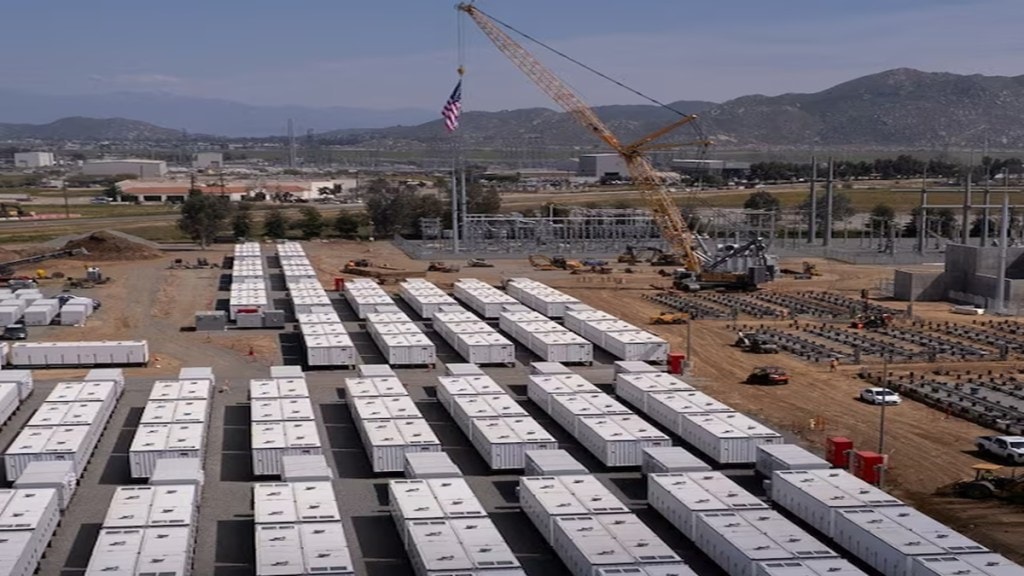Shriram Subramanian, Managing director, InGovern Research Services
India’s decision to classify black mass as hazardous waste and restrict its export marks a pivotal step in its critical minerals’ strategy. Black mass, the fine black powder obtained from recycling lithium-ion batteries, is rich in high-value materials such as lithium, cobalt, graphite, and nickel. These metals are indispensable for manufacturing batteries used in electric vehicles (EVs) and renewable energy storage systems. By localising the recovery of these critical minerals, India aims to reduce import dependency and move toward self-reliance in battery raw materials. However, this shift raises a crucial question: Is India ready to process its own black mass efficiently and safely?
India’s battery waste management ecosystem remains underdeveloped compared to countries like South Korea and China, which have invested heavily in advanced recycling infrastructure. With India’s lithium-ion battery market projected to reach 132 gigawatt hours by 2030, the volume of discarded batteries is set to surge. Yet, the infrastructure required to safely and efficiently recycle them, particularly to extract materials from black mass, is still in its infancy. While only a handful of Indian recyclers have developed the technological capability to process black mass and recover valuable materials, they work at limited capacity. These early players face challenges in scaling up due to high capital costs and limited policy support. In contrast, most players in the ecosystem still rely on rudimentary methods resulting in less efficient recovery of critical minerals. Limited collection mechanisms and the absence of standardised protocols for battery waste segregation further hamper recovery.
A very small percentage of India’s battery waste is routed through formal recycling channels, leaving a substantial portion to flow through unregulated pathways that hamper material recovery efficiency. Nearly 90% is handled by the informal sector, drawn in by cost efficiency but marred by unsafe, unscientific practices such as acid leaching. This releases tonnes of toxic pollutants annually. An estimated one million waste workers operate outside regulatory frameworks, but form the backbone of collection systems. Formalising this workforce through skill training, certification, and dignified compensation could boost collection while safeguarding health and safety.
The government has taken measures to regulate informal battery waste collection and curb unscientific dismantling and recycling practices. Yet, gaps in enforcement and infrastructure persist, undermining these efforts. Formal recyclers grapple with limited processing capabilities, exacerbated by a technological disparity between advanced (Grade A) and less-equipped (Grade B) facilities. Certified recyclers lacking proper infrastructure often engage in unscientific recycling practices, creating a significant barrier to efficiently recovering valuable materials and hindering progress toward a circular economy.
Improper enforcement of regulations deters formal recyclers from investing in cutting-edge technologies needed to process complex materials, while a lack of awareness complicates the landscape. Many black mass producers misidentify themselves as recyclers, conflating their operations with those of actual refiners capable of extracting valuable materials from black mass. Additionally, despite the ban on black mass exports, some may still be exported under the guise of cobalt or nickel materials. Without addressing these challenges, India’s ambitions for a clean energy transition and widespread EV adoption could face significant setbacks.
India’s decision to impose export curbs on black mass is a strategic move to strengthen domestic resource security and advance its circular economy objectives. India’s black mass export ban mirrors global trends, especially in the European Union where countries are restricting raw material exports to retain strategic value locally. It also responds to Organisation for Economic Co-operation and Development’s (OECD) historical barriers that limit exports to non-OECD nations including India. While the ban may initially disrupt businesses dependent on foreign refining markets, the long-term benefits from securing critical minerals and reducing environmental harm to creating domestic jobs outweigh the short-term challenges if India invests in domestic capacity and capability.
To effectively counter the global dynamics and strengthen its recycling ecosystem, India must prioritise government support with stringent implementation of extended producer responsibility frameworks and production-linked incentive schemes for recycling. These are essential to enhance domestic processing capabilities, foster tech innovation, and ensure sustainable management of critical materials, thus supporting India’s clean energy and EV ambitions. Strategic interventions to bolster formal recycling infrastructure, bridge technological gaps, and incentivise sustainable practices are essential to align battery waste management with India’s environmental and economic goals.
Advanced recycling innovation is equally vital. Public funding aimed at emerging technologies, particularly hydrometallurgy and artificial intelligence-based sorting, can help domestic facilities achieve competitive recovery rates and product quality. Building domestic R&D capacity and incentivising tech adoption can push India up the value chain in recycling. Formalising the informal sector is equally important. By integrating it into formal supply chains, India can dramatically improve collection efficiency.
India’s decision to regulate black mass and retain its value within by banning exports is more than a resource-security measure, it is a declaration of mineral independence. But curbs without investments can be self-defeating. With the right mix of enforcement, innovation, and inclusive growth, India’s battery waste burden could be transformed into a strategic green asset powering its clean energy transition, creating jobs, and fortifying domestic supply chains. The time to close the loop is now.

